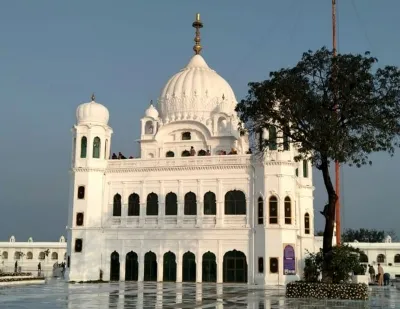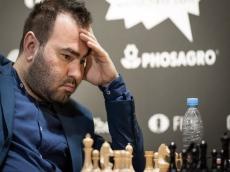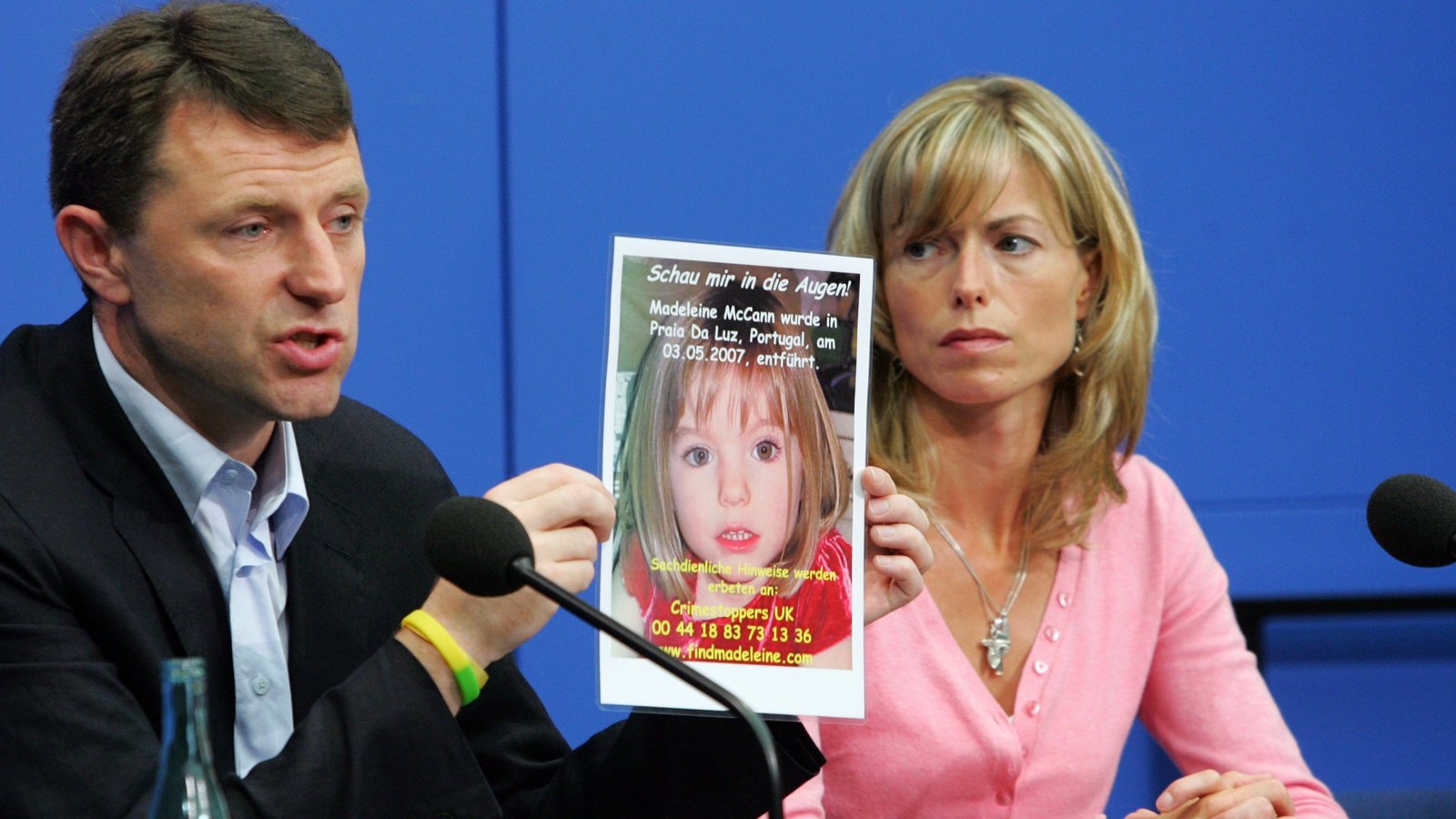By Pippa Bailey
Copyright newstatesman

To me, the most evocative of London’s many monuments is an escalator. It rises from the ground floor to the third floor of the Ondaatje Wing of the National Portrait Gallery (NPG), compelling visitors to begin their visit at the top and work their way down – as with the Guggenheim in New York. I love it not only because of the way that, in an otherwise stark, white space, it draws the eye in and up, but because it is as much my father’s child as I am. Dad was project architect at Dixon Jones, the practice that designed the wing. When it opened in May 2000, I, aged eight, was there to present a bouquet to the Queen.
Some 20 years later, there was mild consternation from my father when another architectural practice, Jamie Fobert, remodelled the gallery. This was exacerbated by the fact that my brother, J– , also an architect, worked on the Fobert proposal. When the NPG reopened after its three-year facelift in the summer of 2023, my father refused to go to see it.
Last Friday evening, I paid a visit to the gallery for the first time since the remodel. I was there to see the Jenny Saville exhibition (which was extraordinary), but also to see what had become of the escalator. The entrance to the gallery has been much improved by the grand new north doors; the previous main entrance, tucked away on Charing Cross Road, always felt oddly humble, like slipping in the side door. But entering the Ondaatje Wing from a different side, you are no longer immediately hit by the triple-height of the space, nor by the escalator – which remains, but is now tucked away behind the reception desk. I didn’t make it to the fifth floor to see what has become of the restaurant, Dad’s version of which appeared in the 2004 film adaptation of Patrick Marber’s Closer.
I come from a family of architects. As well as Dad and J– , there is my stepmother and my late maternal grandfather. Family dinners often passed slowly for me, clueless and bored, as the other Baileys engaged in long conversations about elevations and facing bricks and window reveals. As well as the NPG, my father worked on, among others, the East Wing redevelopment of the National Gallery in 2003-05 (we have a side table made in remnants of the black Italian marble he selected for its Annenberg Court); the redevelopment of the former BBC offices on Marylebone High Street, retaining the 1930s facade; the Guardian offices at Kings Place; the pedestrianisation of Exhibition Road; and the Opera House in Linz, Austria. My grandfather’s projects are today somewhat less revered, other than by fans of brutalist 1960s concrete. His most famous extant work is the iconic Arlington House tower block in Margate, which later appeared on the front of the Mystery Jets’ album Home Protests.
Dad took a route into architecture that no longer exists. Having left school in Oldham after his O-levels with few qualifications other than a talent for drawing, he responded to a newspaper advert for an architectural technician at a local practice, Whittaker and Thompson, which had been brought to his attention by a neighbour. (My grandmother says he was so confident after the interview that he’d got the job, he bought himself a Stranglers EP to celebrate immediately upon leaving.) He worked there into his early twenties and, during that time, completed a day-release course that gained him entry to what was then Thames Polytechnic. From there, he went on to Darwin College, Cambridge. For his third-year project, he was nominated for the RIBA Bronze Medal – an honour for which my brother was also nominated many years later.
This family profession means I have not only incorporeal memories by which to remember my dad, but also physical testaments to his life and his mind. My achievements, such as they are, are recorded in paper and ink, destined for recycling. His, by contrast, stand in brick and stone – until, at least, the next generation begins its meddling.
[See also: Marking my father’s birthday without him]



